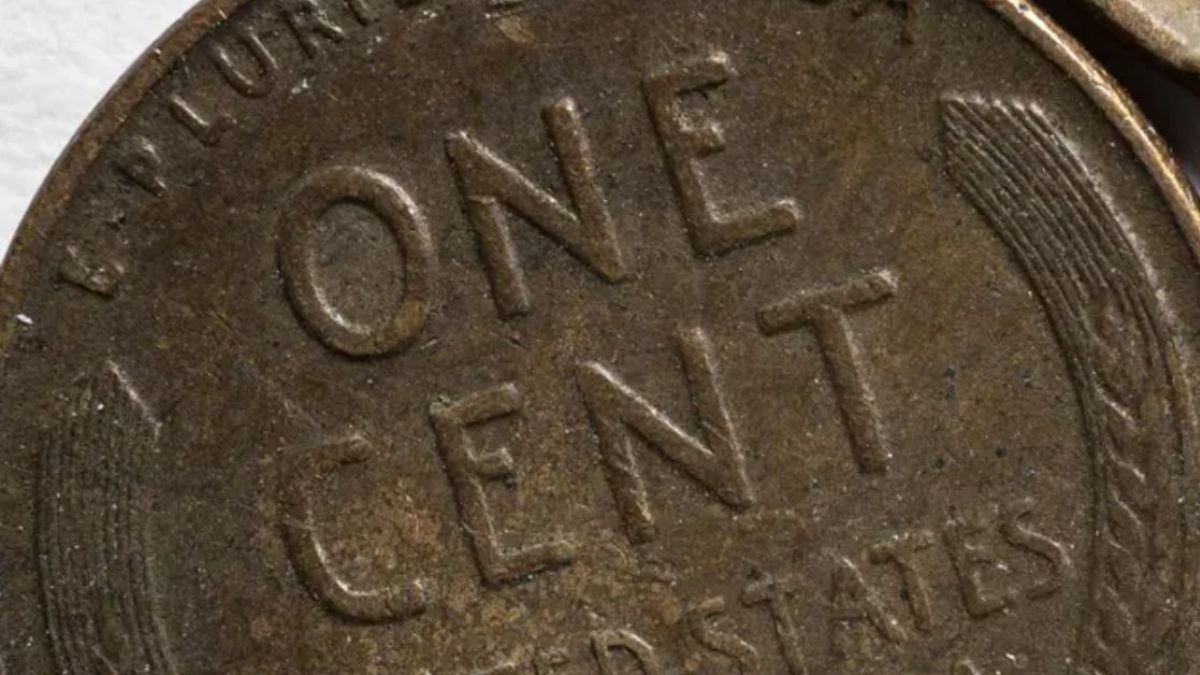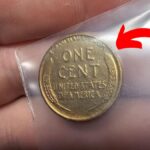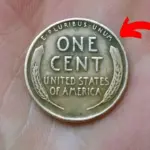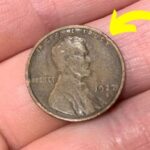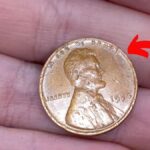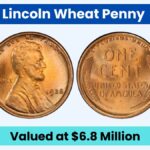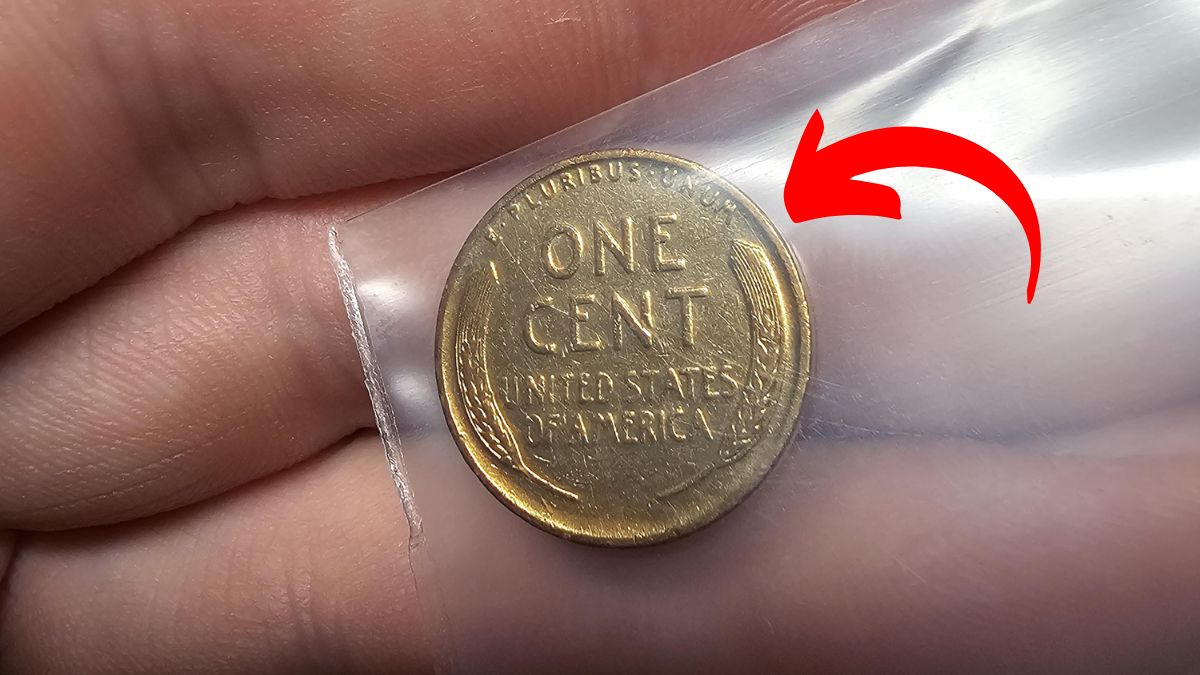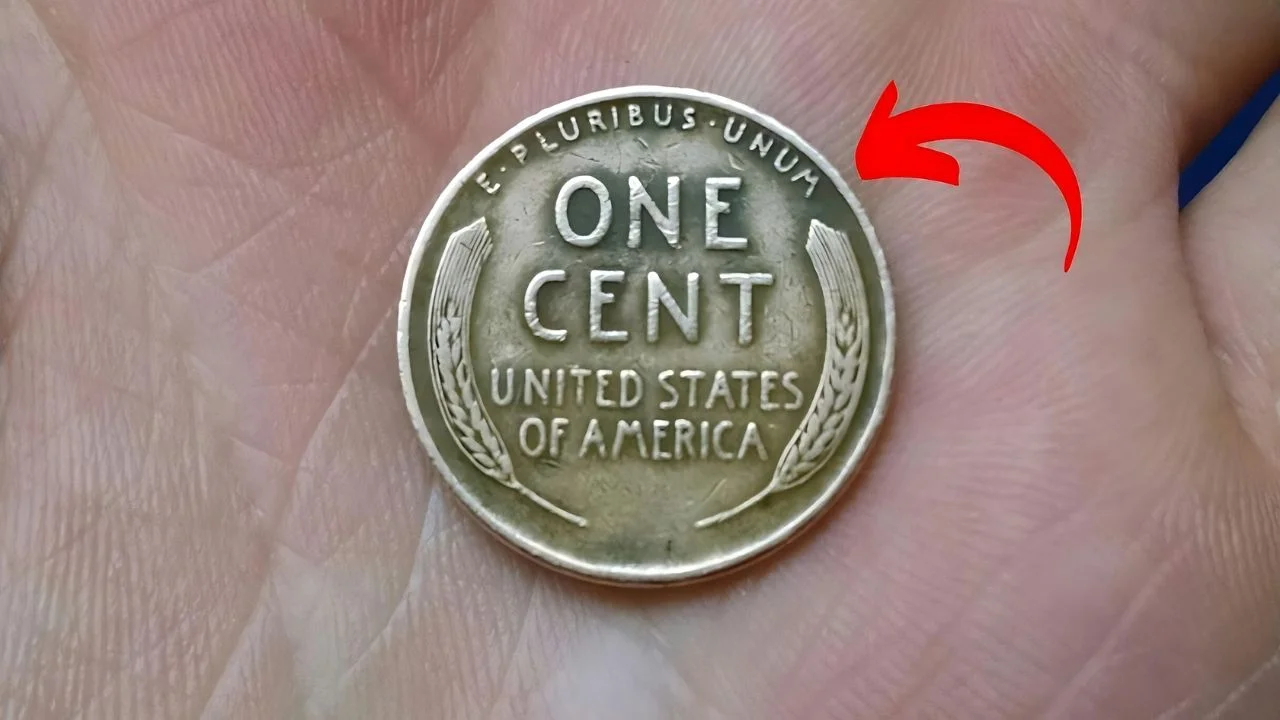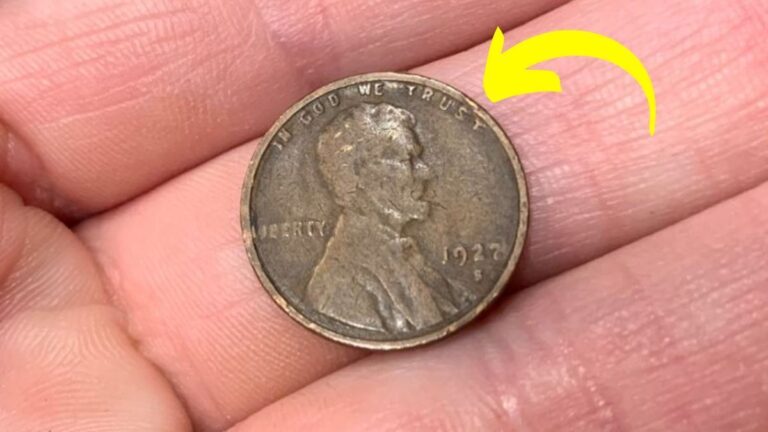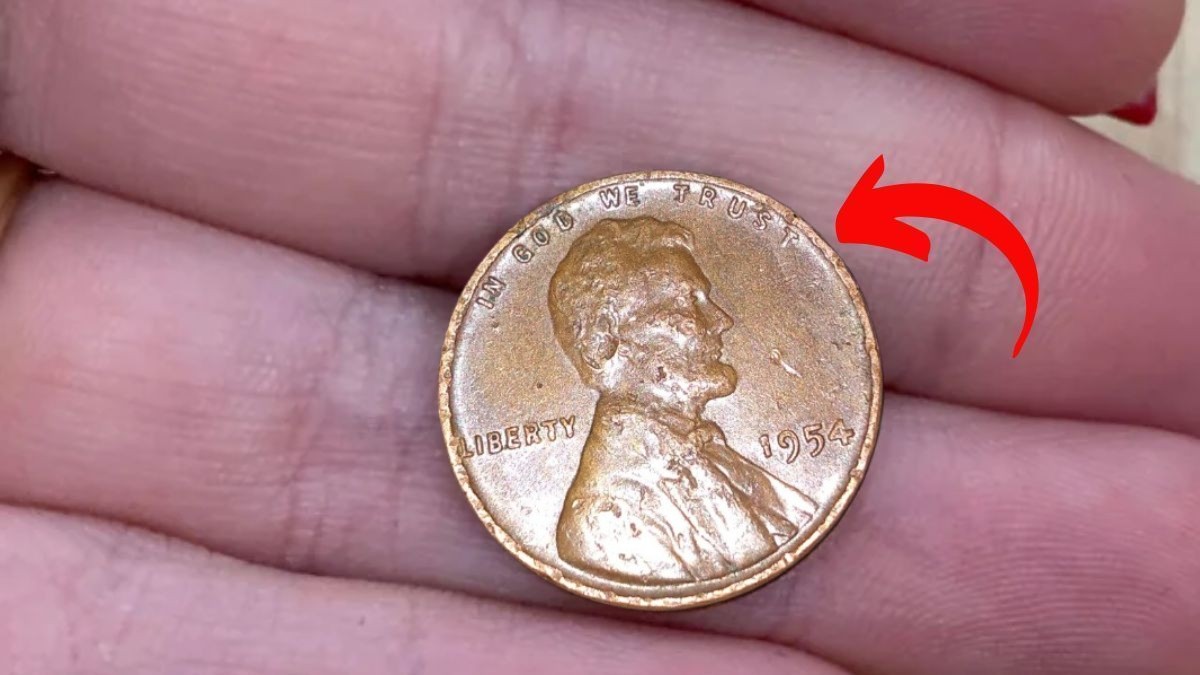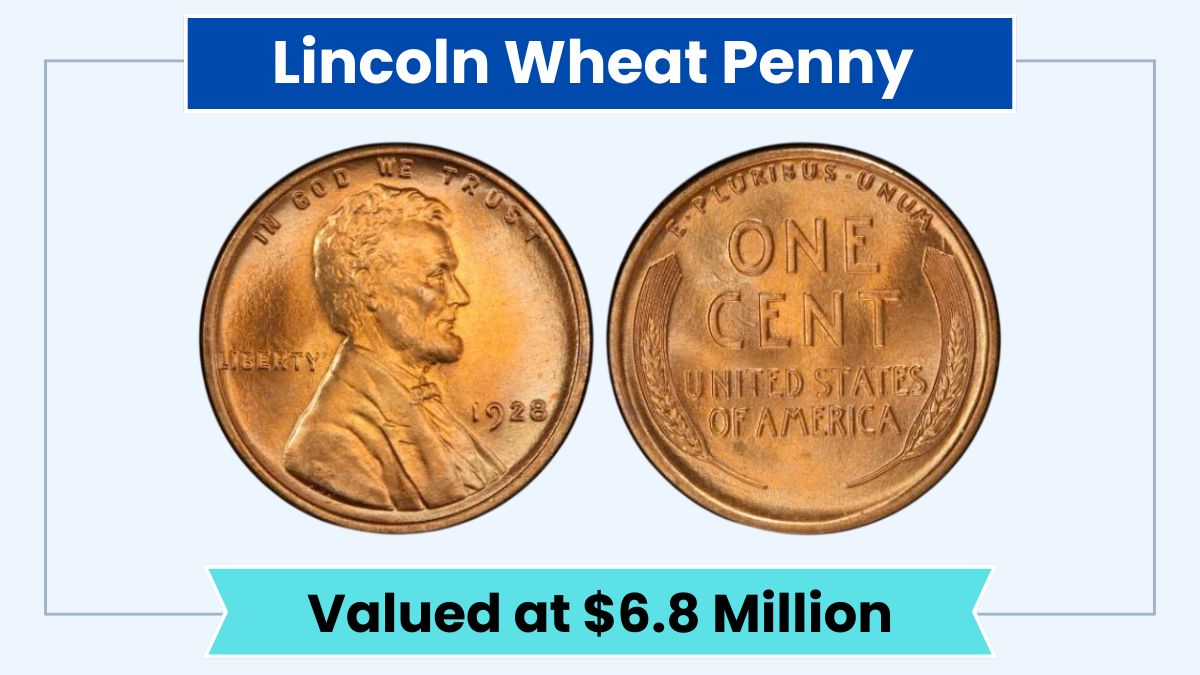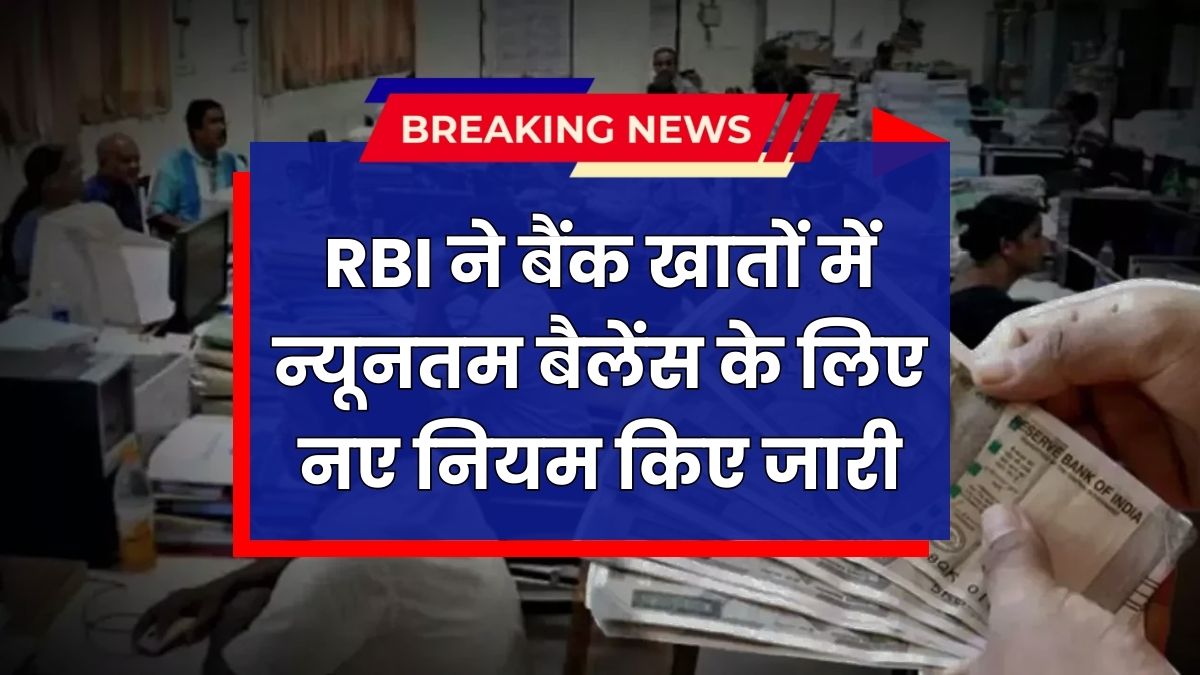Lincoln Wheat Penny Valued at $2.9 Million – It’s hard to believe that a small, copper-colored coin you might find in an old drawer or pocket change could be worth a fortune. Yet, some versions of the Lincoln Wheat Penny have fetched astonishing sums at auctions, including reports of a coin valued at $2.9 million. While this may sound extreme, the world of rare coins is full of surprises—and yes, some of these valuable pennies have even been found still in circulation.
What Is a Lincoln Wheat Penny?
The Lincoln Wheat Penny was first issued in 1909 to commemorate the 100th anniversary of Abraham Lincoln’s birth. Designed by Victor D. Brenner, the coin features Lincoln’s profile on the obverse (front) and two wheat stalks on the reverse—hence the nickname “Wheat Penny.” This design remained in production until 1958, when it was replaced with the Lincoln Memorial reverse.
Although billions of these coins were minted, only a small number are considered rare or valuable, often due to minting errors or historical significance.
Why Is One Worth $2.9 Million?
While no Lincoln Wheat Penny has officially sold for $2.9 million in public records, a penny could theoretically reach that value if it possessed the following qualities:
1. Rare Minting Error
One of the most valuable Wheat Pennies ever discovered is the 1943 bronze cent. That year, the U.S. Mint switched from copper to steel to conserve resources during World War II. However, a few bronze planchets (coin blanks) were mistakenly used, creating one of the rarest U.S. coins. One such penny sold for over $1.7 million, and another could potentially command even more.
2. Unique Historical Context
Coins that are the first or last of their kind, or tied to significant moments in U.S. history, carry extra value. A Lincoln Wheat Penny with documented historical provenance could attract aggressive bidding among elite collectors.
3. Perfect Condition
The condition of a coin is critical. A Lincoln Wheat Penny in Mint State 70 (MS-70)—a flawless example—can be worth significantly more than the same coin in circulated condition. If the coin also features a rare error, the price could skyrocket.
4. One-of-a-Kind Status
A one-of-a-kind error, composition, or strike type that has never been seen before could turn an ordinary coin into a multimillion-dollar prize. Rarity, after all, is the cornerstone of coin value.
Could a $2.9 Million Penny Still Be in Circulation?
Yes, it’s possible—though incredibly rare. Over the years, valuable coins have been found in the most unexpected places:
- Bank coin rolls
- Spare change jars
- Inherited collections
- Garage sales and flea markets
- Old boxes stored in attics or basements
Since many people don’t examine pennies closely, a rare and valuable Wheat Penny could still be slipping through unnoticed.
What to Look for in a Valuable Wheat Penny
If you want to examine your own coins for hidden value, here are the key things to check:
- Key Dates: Look for years like 1909-S VDB, 1914-D, 1922 No D, 1931-S, 1943 bronze, and 1944 steel.
- Mint Marks: Found below the date. “D” = Denver, “S” = San Francisco, and no mark = Philadelphia.
- Metal Type: Use a magnet—1943 bronze pennies do not stick to magnets, while steel ones do.
- Weight: Bronze pennies weigh about 3.11 grams; steel ones weigh about 2.7 grams.
- Condition: Uncirculated coins with sharp detail and luster are worth much more.
- Error Signs: Doubling of letters or date, off-center designs, and odd textures can increase value.
If your coin matches any of these traits, it’s a good idea to have it professionally evaluated by a grading service like PCGS or NGC.
What to Do If You Think You’ve Found One
- Handle carefully – use gloves to avoid damaging the surface.
- Do not clean the coin – cleaning can reduce its value significantly.
- Store it securely in a coin holder or case.
- Get it graded by a reputable service to confirm its authenticity and condition.
- Consult coin experts or auction houses to explore sale options if it’s confirmed to be rare.
Conclusion
While most Lincoln Wheat Pennies are only worth a few cents, a handful are priceless treasures to collectors. The idea of a $2.9 million Wheat Penny may seem like a myth, but it reflects the real, proven value of rare coins in numismatic history. If you’re lucky enough to come across one of these remarkable pieces, it could be the smallest coin with the biggest reward. So next time you sort through your change, take a second look—you just might be holding a piece of American history.
Disclaimer: The value of coins mentioned in this article is based on collector demand and historical sales. Always consult a professional coin appraiser for accurate assessment.
